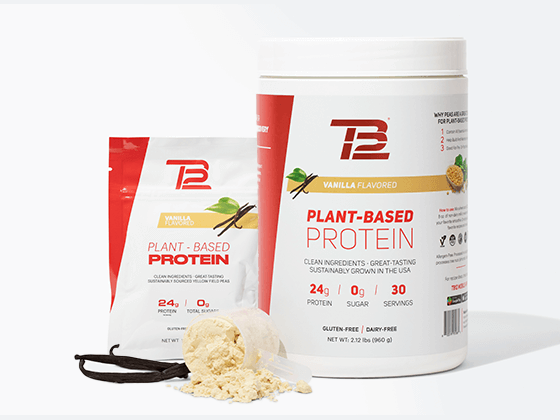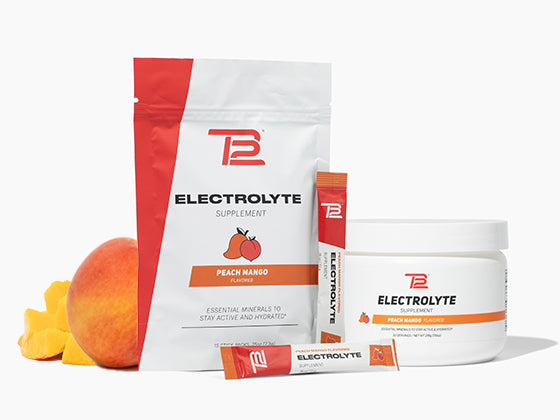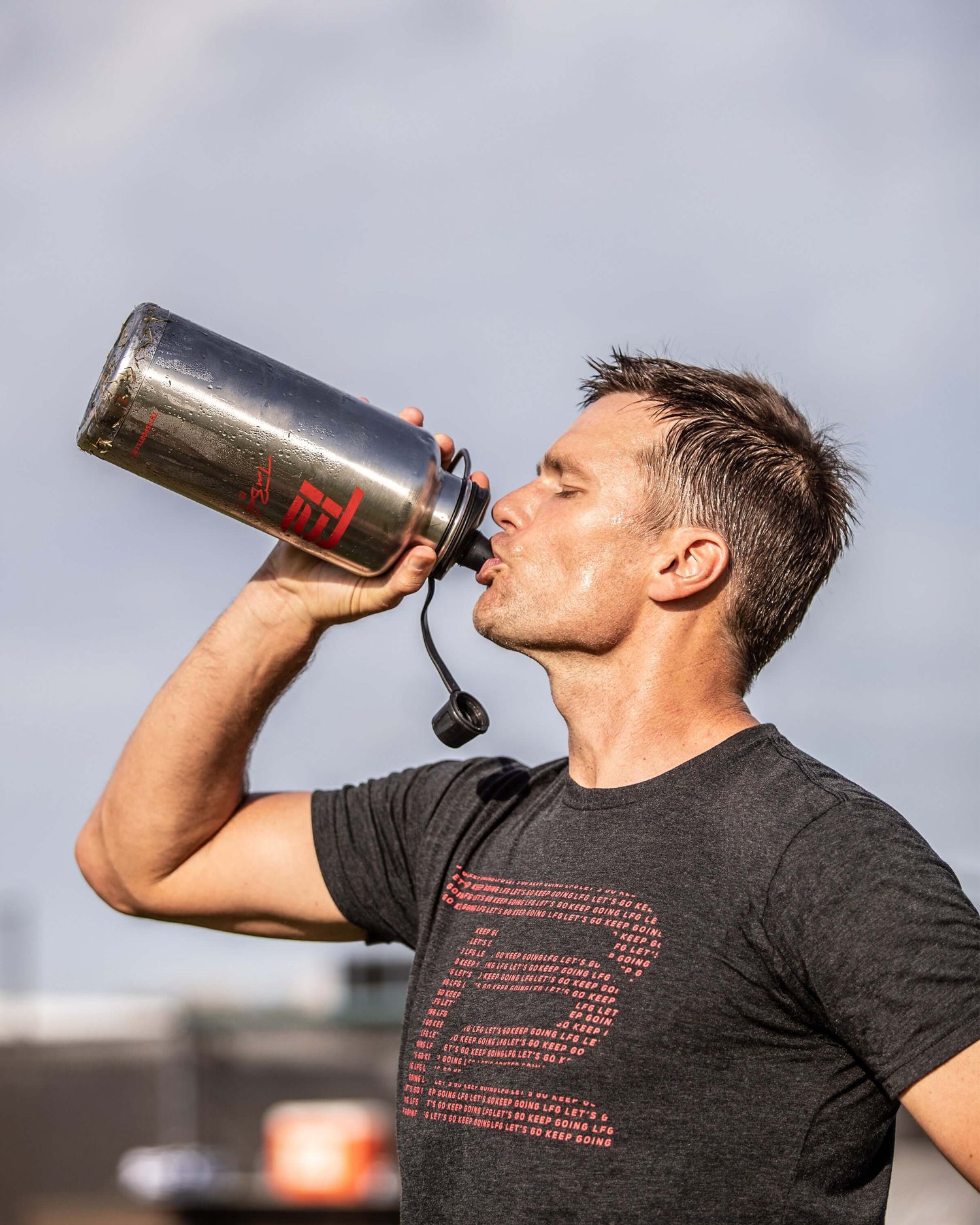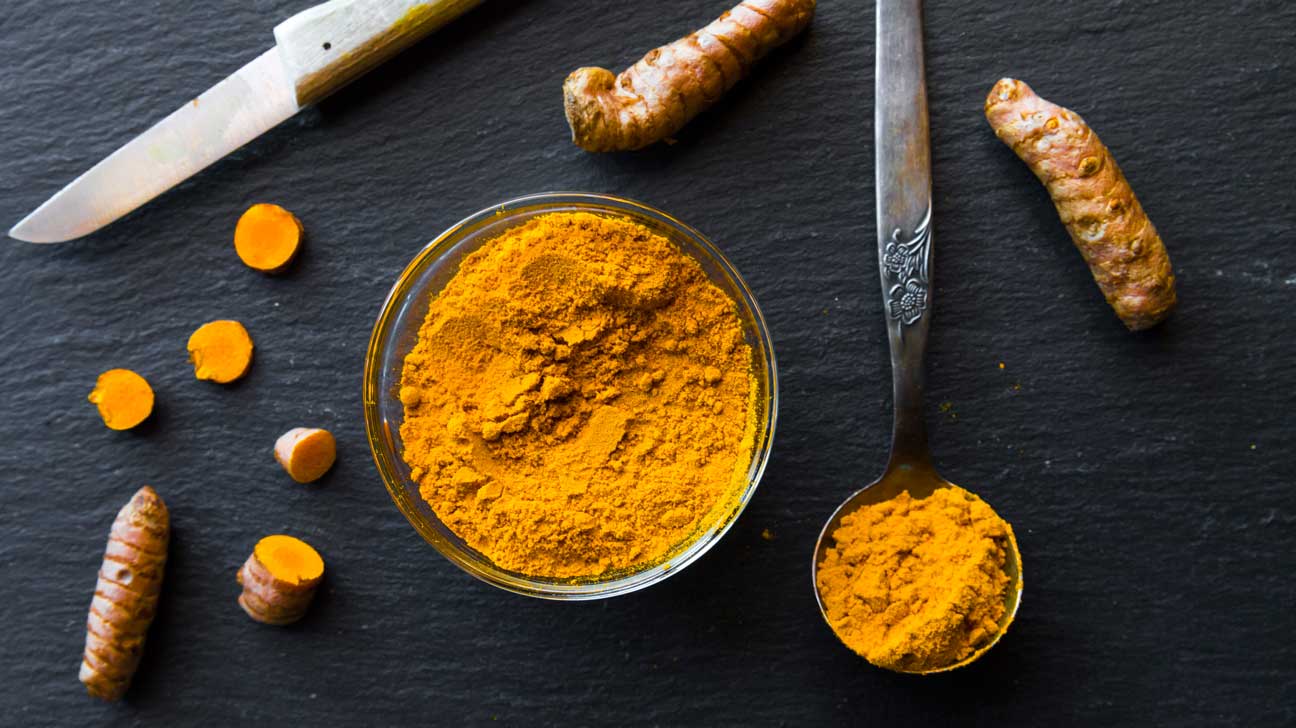Nothing determines performance like hydration status.
Every cell in the human body depends on water for structure and function (source). In other words, water influences nearly every physiological process in the human body.
Taken another way, hydration status influences almost every aspect of performance. The trick is ensuring optimal hydration for optimal performance.
Sweating, A Necessary Evil
Training hard means you are going to be pushing your metabolic processes to their limit. As these processes turn up, so does body temperature.
One of the best ways to counteract this rise in temperature is sweating. The problem is that the water used to cool your body on the outside is the same water that is needed to support the metabolic processes on the inside.
Without proper rehydration techniques, sweating starts to deplete internal water reserves, hindering internal processes.
A 2022 meta-analysis calls out the negative effects of dehydration on cardiac output, perceived exertion, thermoregulation, and blood flow, while others call attention to negative changes in physical and cognitive performance. According to one 2018 meta-analysis, performance starts to deteriorate after losing about 2% of your bodyweight in water.
Sweating rates are extremely variable. Training status, sex, and size all influence sweating rates, and there is quite a range. Individual sweat rates as high as two to three liters per hour have been reported, with some of the highest rates coming from American football players and endurance competitors (source).
The Science-backed Hydration Protocol
Everything starts with a baseline. Hydration is no exception.
It doesn’t matter if you are exerting yourself or not; you are constantly losing water (source). To remedy this, TB12 protocol suggests consuming at least half your body weight (in pounds) in fluid ounces of water.
For example, if you weigh 200 lbs, then you would consume 100 fluid ounces of water daily.
Once you add exercise or competition into the mix, you have to add more water.
The American College of Sports Medicine suggests slowly consuming 5 to 7 ml/kg of body weight at least four hours prior to activity. For the average individual, these numbers line up very close to the recommended 16 ounces at least one hour prior to exercise in the TB12 hydration protocol.
The same position stand suggests that keeping a constant pace of consuming roughly 0.4 to 0.8 L/h helps support performance during exercise. These recommendations closely align with the TB12 protocol, which suggests consuming at least eight fluid ounces at 15-minute intervals, if water is available.
Do NOT wait until you are thirsty to start drinking. If you are thirsty, you are already dehydrated (source), which means you are already behind and your performance is starting to suffer.
Post-workout rehydration is critical to maintaining hydration status. Most of the research suggests that you actually need to go above and beyond for full rehydration. A 2003 review paper suggests that proper post-exercise rehydration requires consuming between 120% and 150% of water lost while exercising.
Remember, if you have a sweat rate of one liter per hour, that means you need to drink 1.2 to 1.5 liters after an intense workout.
If you want to take your rehydration a step further, step on the scale prior to exercise and then immediately after, once you have dried off. The difference is the amount of water that was lost during your workout. Every 2.2 pounds is a liter of water lost.
By following the TB12 protocol of drinking eight ounces immediately after your workout and continuing to drink 20 to 24 ounces every hour for up to three hours, achieving proper rehydration levels will be easily achieved for most people.
If you are going to Hydrate, you Need Electrolytes
If you are sweating, you are losing electrolytes (source). These specially charged minerals play an important role across multiple systems in the body. Electrolytes also help you retain water (source). When these minerals are lost, their support goes with them, negatively affecting the systems they support and the ability to maintain optimal hydration status.
There is another complication that comes with electrolyte loss. Water and electrolytes are held in a tight balance. People instinctively drink water as they sweat, which is fine. The problem starts when intense efforts start to get extended like two-a-days and long endurance efforts (source).
As water consumption and electrolyte loss without replacement continue, the balance between electrolytes and water starts to get further and further out of range, resulting in hyponatremia, or electrolyte imbalance.
Electrolyte imbalance negatively affects performance and potentially health, through a wide range of complications depending upon severity (source), just like dehydration.
By consuming electrolytes with your water, you can ensure that these complications are avoided and optimal performance is fully supported.
Optimal Hydration Means Optimal Performance
Success starts with a foundation of optimal hydration. Start hydrating early and keep it going throughout the day. Adding electrolyte mixes that include sodium, potassium, chloride, and magnesium will help maintain hydration status and support performance.
Optimal performance requires optimal training. Optimal training requires optimal hydration.





